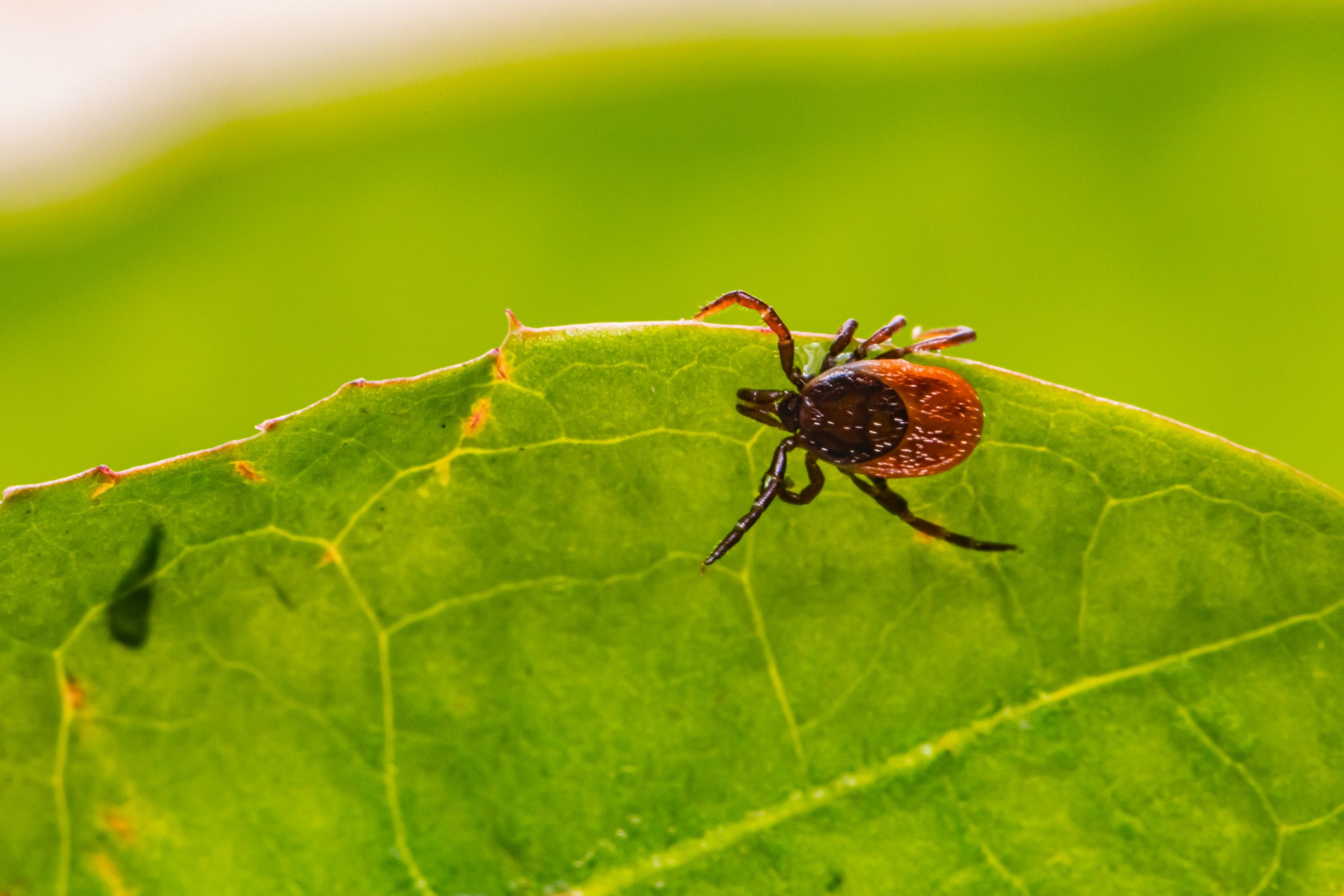
Devastating outcomes from a hike in the hills responds to the healing power of cannabis.
According to the Centers for Disease Control (CDC), there are between 20,000 and 40,000 cases of Lyme disease reported each year in the U.S. between 2002 and 2015. The numbers are increasing. All too often, medical professionals incorrectly diagnose cases at first. The devastation Lyme disease can cause if untreated makes this diagnosis important to get right, and right away.
The CDC on Alternative Therapies
The CDC reports that most cases are confined to 14 Eastern and Northern states. That includes all of the Eastern Seaboard states from Maine to Pennsylvania, plus Minnesota and  Wisconsin. California reported fewer than 100 cases in 2015. Colorado and other Central Region states reported none.
Wisconsin. California reported fewer than 100 cases in 2015. Colorado and other Central Region states reported none.
Though the CDC is helpful in understanding Lyme disease, the federal government’s prejudice against cannabis biases their published information on treatments. A classic example found on the CDC website is the multi-authored 2015 article, Unorthodox Alternative Therapies Marketed to Treat Lyme Disease.
Lumped in with such oddities as urine-drinking therapy, the authors have included both “marijuana” and “cannabis oil,” a jab at Rick Simpson Oil (RSO). The researchers complained that, “Most of the cited treatments were never evaluated with any scientific study. Although we did find that a few treatments were evaluated in studies that either were poorly designed or had unclear relevance to human disease.”
Interestingly, considering the federal government bans the same medical research on cannabis that the CDC speaks for. Additionally, there is no distinction between using an alternative treatment toward a cure and treatment to provide symptom relief. In fact, the CDC does not address the alleviation of suffering at all in the article.
According to the CDC, only antibiotics cure Lyme disease and the sooner the better. Left untreated, Lyme disease can damage the nervous system and the heart, and causes arthritis or memory loss. Some people who do not know they are infected wait too long to seek treatment. Others, however, are treated by doctors for other conditions before they are officially diagnosed with Lyme disease. Either way, the patient suffers. Since the practice of medicine is about the relief of suffering as well as the cure of illness, it is odd that the CDC has no advice for sufferers beyond taking antibiotics, often known for causing suffering too.
Cannabis for Lyme Disease: a Focus on Symptom Relief
Many pro-cannabis websites — including marijuanadoctors.com and impactcannabis.org — recommend cannabis use as part of a curative regimen for Lyme disease, mentioning early research into CB2 receptors and the immune system. One Naturalnews.com article, titled Cannabis kicks Lyme Disease to the Curb, is so sloppily written, it is useless. But, comprehensive or not, well written or not, every article is primarily about symptom relief. Most suggest CBD-heavy strains or strains with 1:1 THC to CBD ratios.
When you look at a list of the major symptoms of Lyme disease, it is obvious why cannabis is so effective in providing relief. Major symptoms are: rash, flu-like discomfort, eye, brain (meningitis), lymph gland and/or joint swelling, heart palpitations, fatigue, weak muscles. All of these involve some form of inflammation and many strains of cannabis have proven superbly effective against inflammation. Researchers know cannabis for its neuro-protective qualities too. The bacterium that causes Lyme disease generally attacks the nervous system, as the above list shows.
Clearly, the federal band impedes research and the relief of suffering. As the marijuanadoctors.com article so clearly states:
“More and more studies show that cannabis has antibiotic properties… It has even proven to be an effective treatment for the flesh-eating virus known as MRSA. Studies also show the spirochetes that cause Lyme disease can be treated using cannabidiol (CBD). Because of the federal laws banning marijuana, much of this evidence is anecdotal.”
So, educate yourself and gently experiment for yourself. The federal bias does not seem to be going away anytime soon.
Did you know? Lyme disease is caused by a bacterium transmitted through tick bites. Blood from an infected deer or mouse infects the tick; then the tick infects the next host, maybe you or your dog.
People of Color are at Higher Risk for COVID-19 and its Aftereffects



Leave a Reply